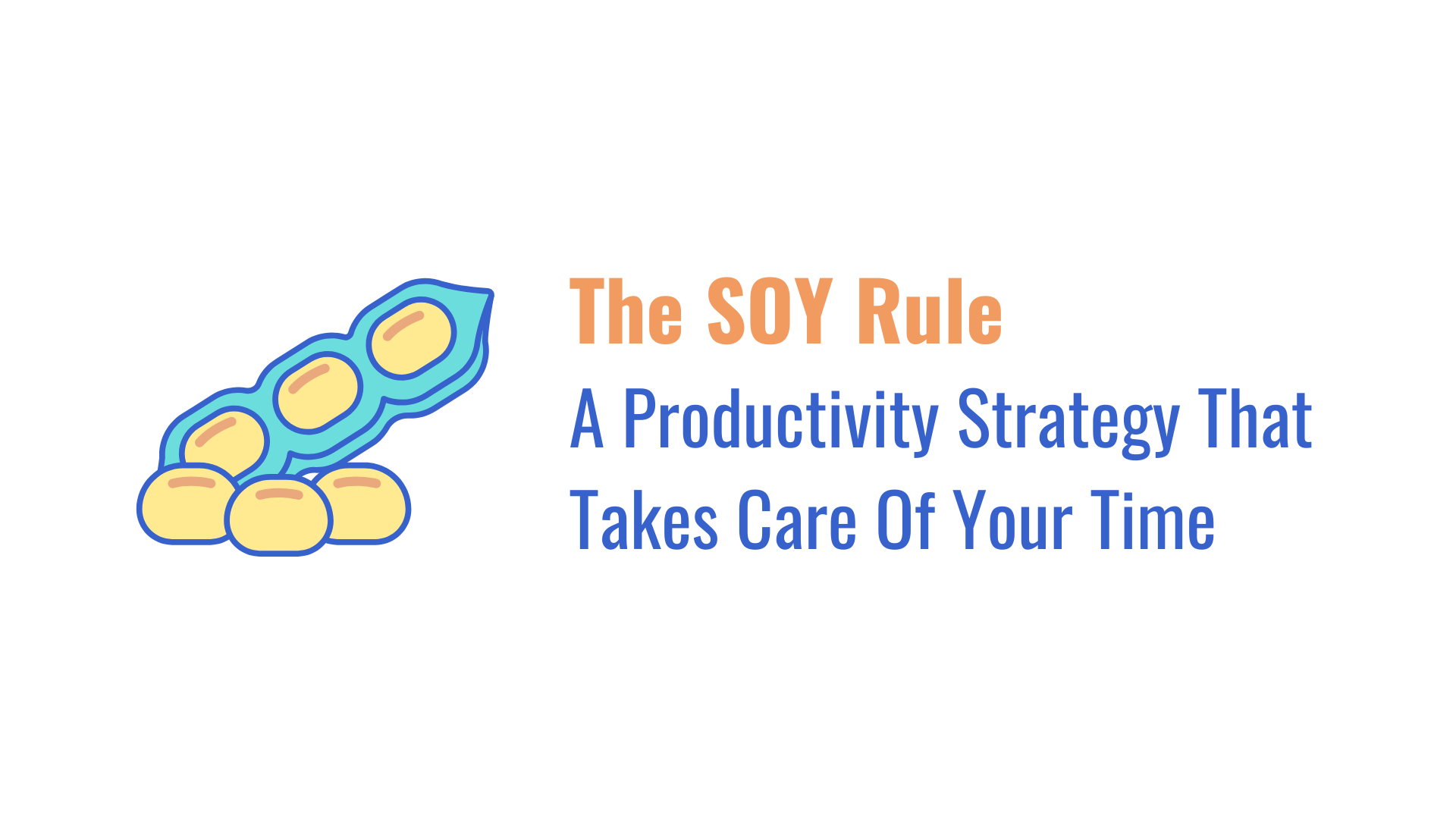
How many times have you found yourself overwhelmed by the number of commitments you said “yes” to previously? Maybe you even wished you didn’t take some opportunities in the first place. Not because it is not worth doing or is not attractive, but because you don’t have enough time to dedicate to it and thus you have to allocate time from other activities, and that hurts those commitments?
The Problem
There is an ever-increasing amount of possibilities and opportunities, but you have to put in time and effort to benefit from them.
That is not really a problem in itself—the problem comes when you analyze and decide whether to take on the next opportunity that came your way or not.
The thing is—we are terrible at estimating work as we often underestimate the time needed to perform a task or work on a project. This behavior even has its own name and is called the Planning Fallacy:
The planning fallacy is a phenomenon in which predictions about how much time will be needed to complete a future task display an optimism bias and underestimate the time needed. This phenomenon sometimes occurs regardless of the individual’s knowledge that past tasks of a similar nature have taken longer to complete than generally planned.
But this is only part of the problem. Another aspect is that whenever we are presented with an opportunity that we like, our enthusiasm and the rewards we anticipate to obtain (both material and psychological) can play against us.
It is very easy to imagine you at the end of that journey, but you have very little information to be able to imagine yourself along its entire way. That’s why you have to gather as much information as possible and consider the effort you will have to put into it carefully.
The Solution
The best way to resolve a problem is to anticipate it. Thus, to avoid such situations in which you find yourself overwhelmed, it makes sense to limit the number of projects you can involve in at any given time.
Now, I totally understand that any opportunity has its benefits, and I am not advocating here to turn all of them down. But you must have enough time and energy for the currently ongoing things in your life as well as some personal time in which you can do whatever it takes to recharge your batteries and take care of your body and mind.
Therefore, I came up with a rule that helps me tame my sometimes excessive proactivity and readiness to take on more projects (this is one of my favorite productivity strategies. I call it The SOY (Stop Overwhelming Yourself) Rule and it is extremely simple, yet it proved itself many times over the years:
You can have at most three projects you can work on at the same time.
And here, a “project” is any commitment that requires your involvement of at least 2 hours a day for at least one week.
Thus, whenever someone comes up to you with the next great idea and asks whether you are willing to join and contribute, think of what you have currently going on in your life. For instance, if you have a job, write a blog, and try to work on a project of your own, you will probably not have enough time and energy for the new project, regardless of how much you like it.
In such cases, you must have a clear understanding of what is expected from you and what the project requirements are. Then, it helps to take some time to process and weigh in all the Pros and Cons. And then, you have to either say “no” to the opportunity or put some of your current projects on hold.
One essential thing to mention is that the SOY Rule is a long term strategy. Yes, you can take on more than three projects once in a while if you know you’ll be done with one of them in less than a month. But in the long term, if you keep it over a period longer than several weeks, your performance will suffer.
If you liked this article, consider subscribing below and following me on twitter (@iuliangulea).